Two months ago, I wrote about two teas from The Arakai Tea Estate. They’re a family-owned tea garden/forestry farm situated in Bellthorpe, Queensland, Australia. I was notably impressed with what I tasted. Just as I was impressed with the garden owners’ ingenuity. Because . . .
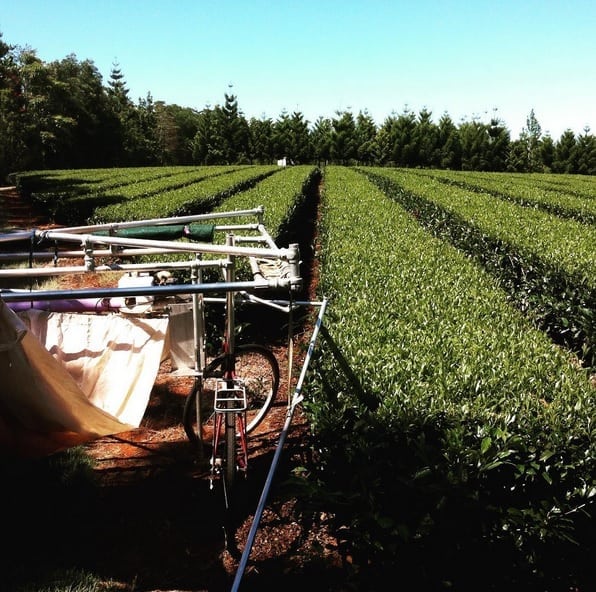
Image owned by the Arakai Tea Estate.
BIKE HARVESTER!!!
Anyway . . . shortly after that article went live, farmer Brendon got a hold of me, wondering if I wanted to do a comparison. This time? Teas from spring 2015 and ’16, plus a little something extra.
It was totally like he was reading my mind. Comparing seasons or years of the same tea was one of my favorite things! Okay, I have a lot of favorite tea things, and that is one of them. I just didn’t think it was going to take me so darn long to get around to them. A whole month went by.
Brendon even wondered what I thought in a follow-up e-mail. And I awkwardly had to reply, “Ummm, still haven’t gotten to them, yet.” To my credit, my average turnaround was, like, six months. The fact that I finally got to them two months later was a minor miracle.

And, boy, I’m glad I did! (Oops, spoilers.)
Spring, 2015:
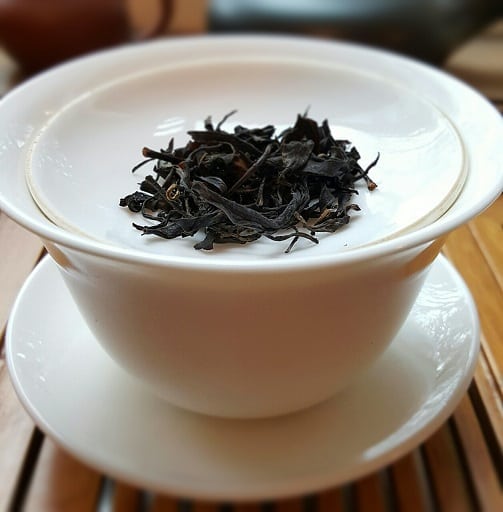
The leaves for this black tea looked exactly as I remembered from the 2016 summer flush. They were were medium-sized, twisty, and rolled in a very unique way. There were a few beige/tippy pieces in the fray, but not many. And the aroma they gave off was that floral-nut-sweet, Ceylon-like bend I remembered liking.
The liquor brewed up the lightest for this one, compared to the others.
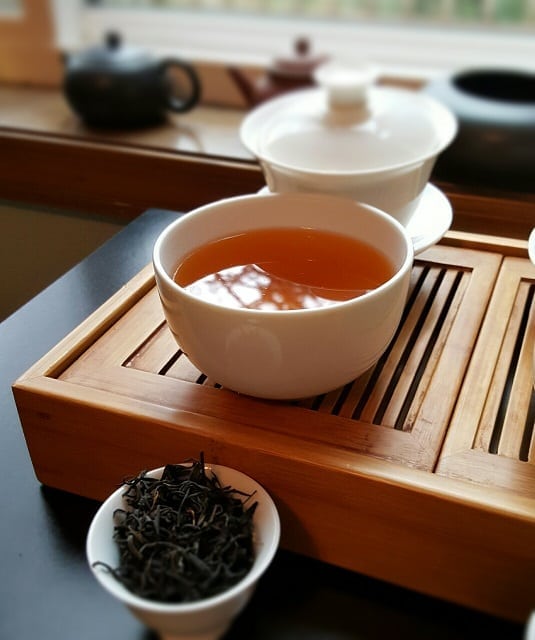
It imparted a color that was bronze and amber, bordering on crimson . . . but not quite there. The steam aroma was the same as the dry leaf scent, floral-nut-sweet stuff. Like earthen clay dipped in sugar. The flavor caused instant groans of delight. My mouth and tongue felt sweetness, a minor pinch of tannins, and then a nutty creaminess on the back-end.
Spring, 2016:
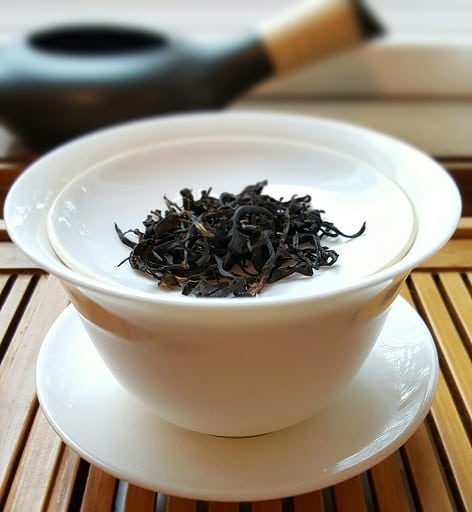
The leaves looked just about the same as the 2015, save for the appearance of more tippy leaves. The aroma was also, somehow, less malty, more floral, and retaining the same type of nut-sweetness. The only major difference in age I could determine beyond that was an added layer of fragrant depth in the older batch. This smelled newer . . . which it was. Obviously.
The liquor for this came out more “second flush Darjeeling” red than the prior year. The steam smell was almost identical, save for more of a clay-like impression. That and it smelled younger, maltier . . . beefier. Like a woodsman, new to the job and full of energy. Maybe shirtless. Where was I going with this?
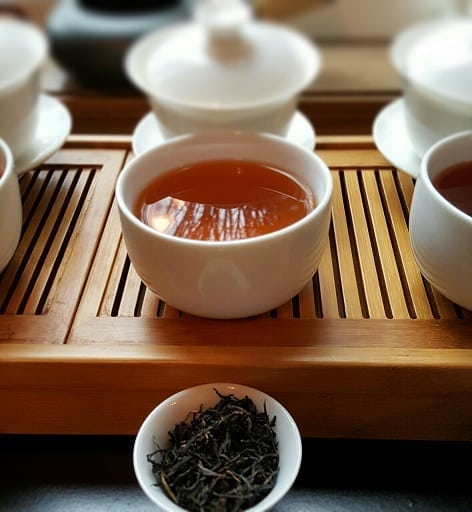
The flavor had more sweetness on the front, but the remaining notes were more wintergreen and tart—like someone crossed a Dan Cong black tea with a Taiwanese wild black tea. All in all, sharper than the older version—less mellow but still awesome.
Pan-Roasted:
This one was an odd duck. Brendon even said as much on the bag.
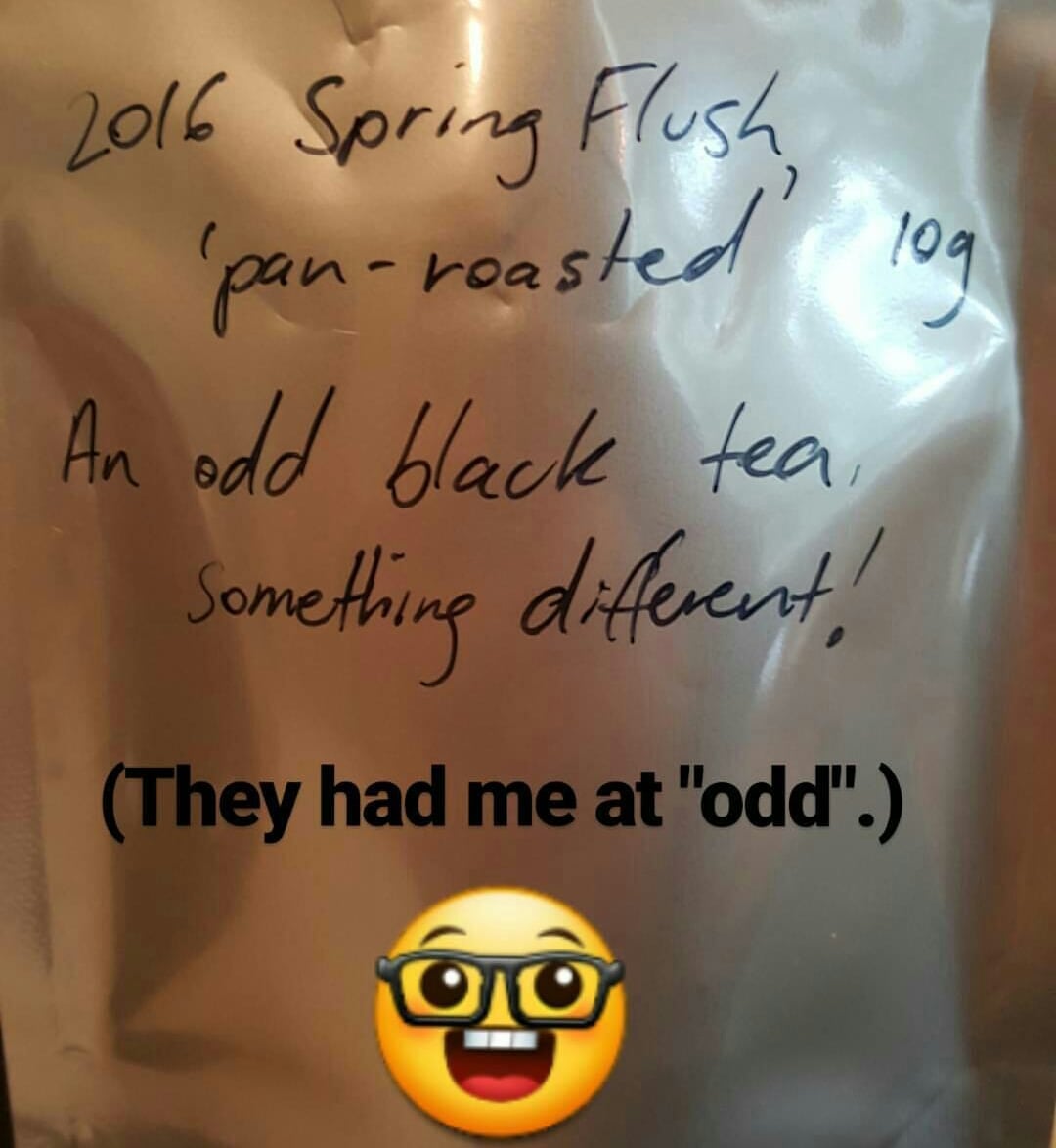
Yeah . . . totally sold.
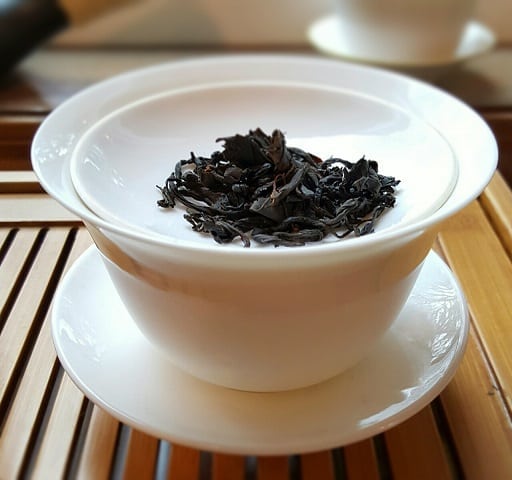
I’m not even sure where to start with this one. It was like the other two . . . but not. It had the floral, nut, sweet, wood, medium-malt menagerie. And yet it didn’t. The leaves were darker, and they had more of a curl to their shape. The only thing I could liken it to was a deep-roast oolong by way of . . . cornbread. Very interesting, welcoming (and tantalizing), but completely different from everything I’ve ever tried in my black tea palate paradigm.
This sucker brewed up cherrywood dark! An appearance more in line with the first infusion of a shou puerh than a black tea. I ran into a monsoon flush Darjeeling that brewed this dark, but that was it. And I didn’t even brew it for that long. The steam gave off a far burlier version of the fragrance the other two did, like everything was in ALL CAPS. NUTTY! SWEET! CLAY! LOUD NOISES!!!
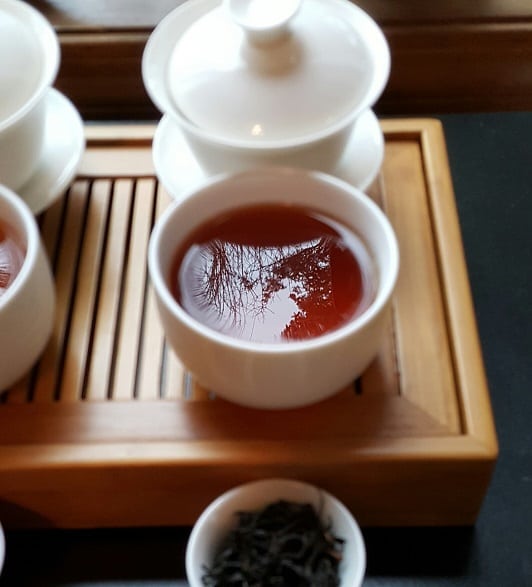
That sorta thing.
As for taste, it had all the nuances of the 2015, and all the youthful sharpness of the 2016, just . . . dialed up to eleven. That and a heaping dose of roasted tannins. It wasn’t too astringent or bitter, though, just . . . chewy as all hell. Like an Assam that was genetically engineered in a lab.
Favorite?
Oh, the pan-roasted, obviously. Sometimes I’m just not in the mood for subtlety, and that certainly wasn’t subtle. That aside, I can’t really choose between the 2015 and 2016. It’s like choosing between your children. Can’t be done. However, I love the way they processed these. Even the wacky one.
And that concludes my exploration of the Ar—
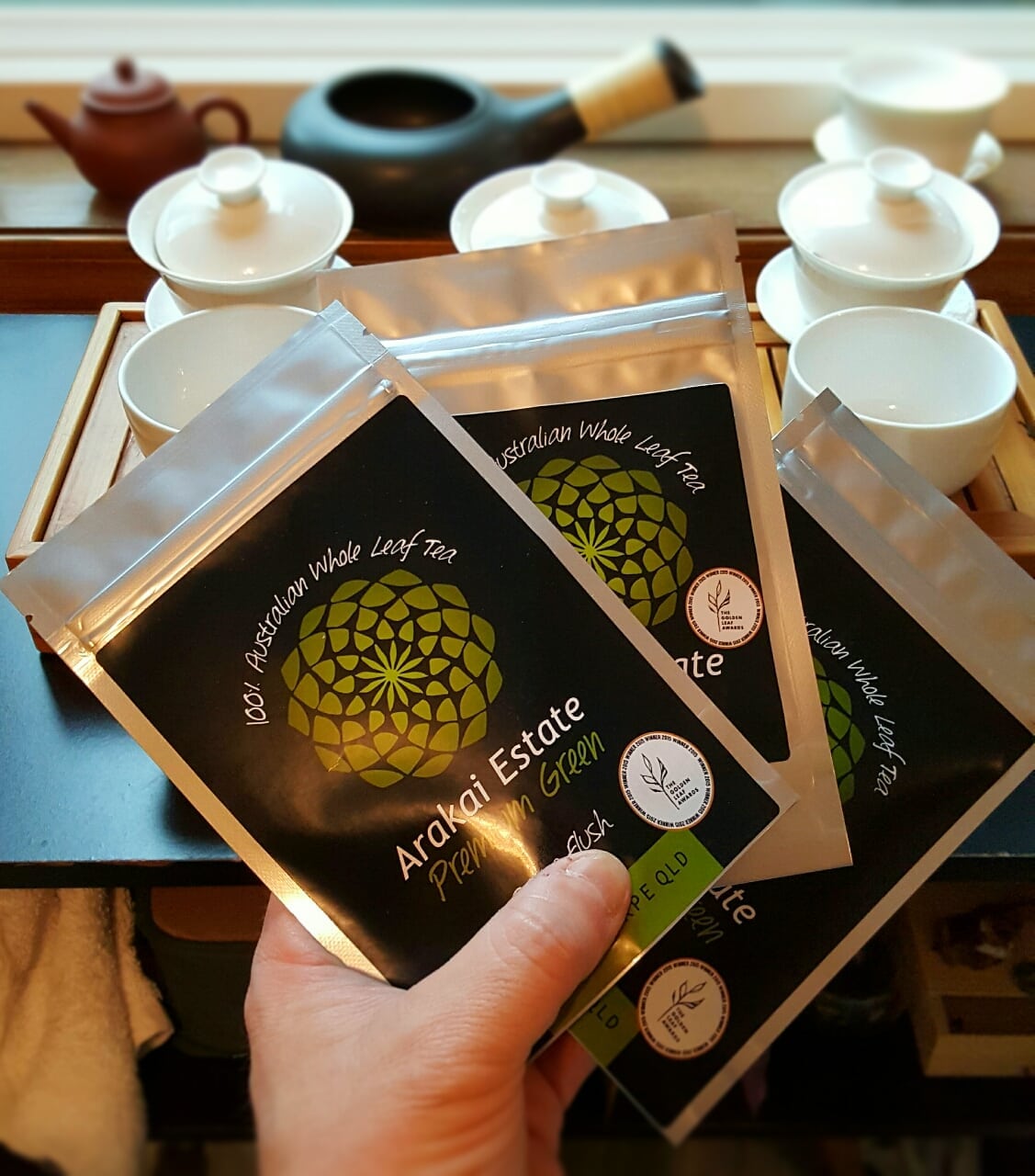
Oh right, I still have their green teas to get to.
Um, well . . . tune in tomorrow for that, I guess!
To learn more about the Arakai Tea Estate, and their teas, go HERE.

Xavier
You can’t choose between your tea children? I am sure you can 😛